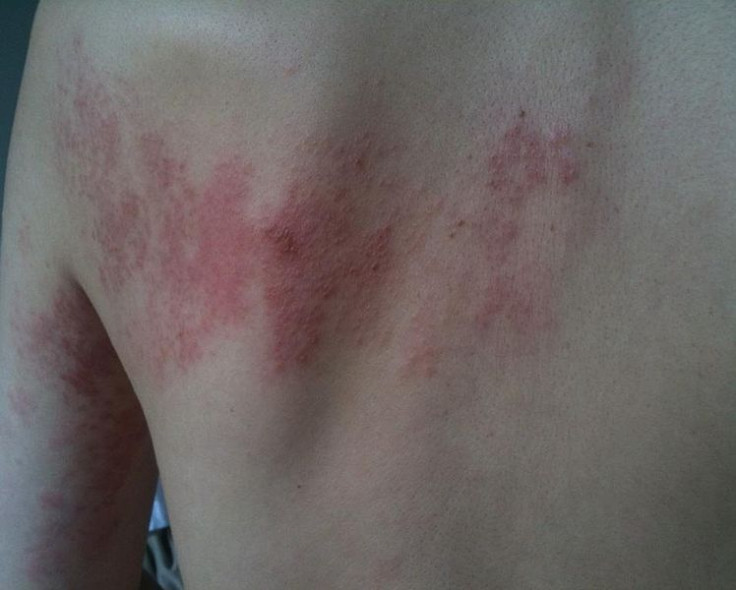New Shingles Vaccine Shingrix Found 97% Effective Against Condition

Higher-than-expected demand for the new and "remarkable" shingles vaccine Shingrix from GlaxoSmithKline has been so pervasive throughout the United States, the vaccine is now in short supply but only temporarily.
GlaxoSmithKline said it will significantly increase the number of available doses for the rest of the year and into 2020. The high demand for Shingrix is due to its efficacy.
Shingles is a viral infection that causes a painful rash that often appears as a single stripe of blisters around either the left or the right side of the torso. This infection is caused by the varicella zoster virus, which is the same virus that causes chickenpox.
Studies confirm Shingrix is more than 97 percent effective at preventing shingles in people 50 years old and over. It also works just as well in older adults at greater risk for a painful shingles complication called postherpetic neuralgia (PHN). In contrast, Zostavax (the current preferred vaccine) cuts the risk of shingles by only 51 percent and PHN by 67 percent. It's only about 38 percent effective in people over age 70.
"It's just remarkable," Dr. Wilbur Chen, an associate professor of medicine at the Center for Vaccine Development and Global Health, University of Maryland School of Medicine, said. "It has performed better than I expected."
Studies show the effects of Shingrix last longer compared to Zostavax. Shingrix protection stays above 85 percent for four years after inoculation.
"At four years, there was very little to any (reduction) in the measure we use for protection," Dr. William Schaffner, an infectious disease specialist and professor of preventive medicine and infectious diseases at Vanderbilt University, noted. "That was very different from the first vaccine, Zostavax because by that time, (protection) was already diminishing."
Studies show the main side effect from using Shingrix is soreness in the arm where a person is inoculated. Other side effects are mild and usually last for two to three days. These include headache, redness, swelling, tiredness, muscle pain, chills and fever.
Future research will show how effective Shingrix is in special groups of people like those with a weakened immune system. It's also still unclear how long Shingrix's protection will last. "We don't know if a person gets vaccinated at the age of 50, if we should give them a booster every 10 years, or every 15 to 20 years, or if no boosters are necessary," Dr. Chen added.
The vaccine is safe for healthy adults ages 50 and above, which is a a huge segment of the American population. The only people that shouldn't be inoculated with Shingrix are pregnant women and anyone who has ever had a severe allergic reaction to Shingrix or any of its ingredients.



























